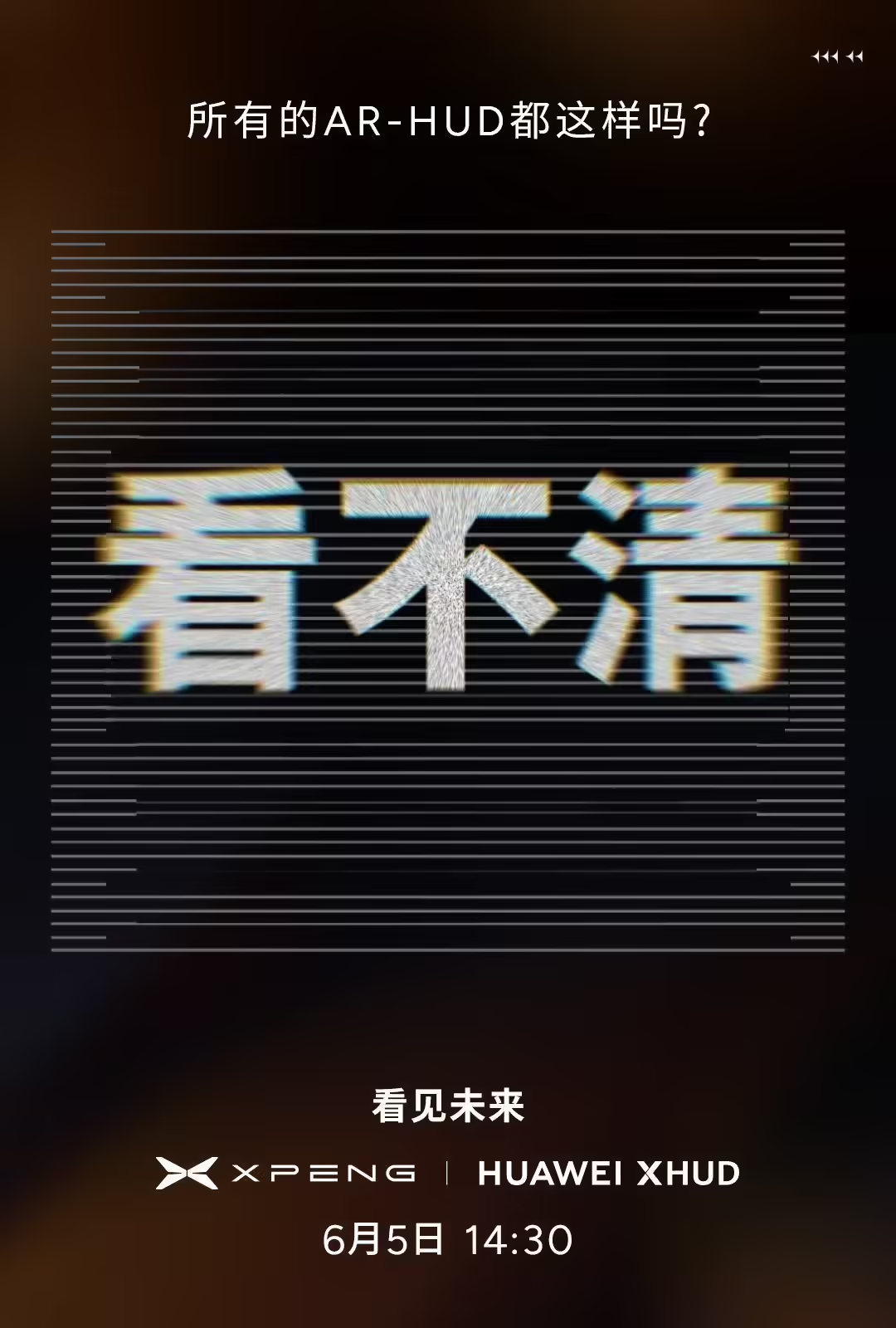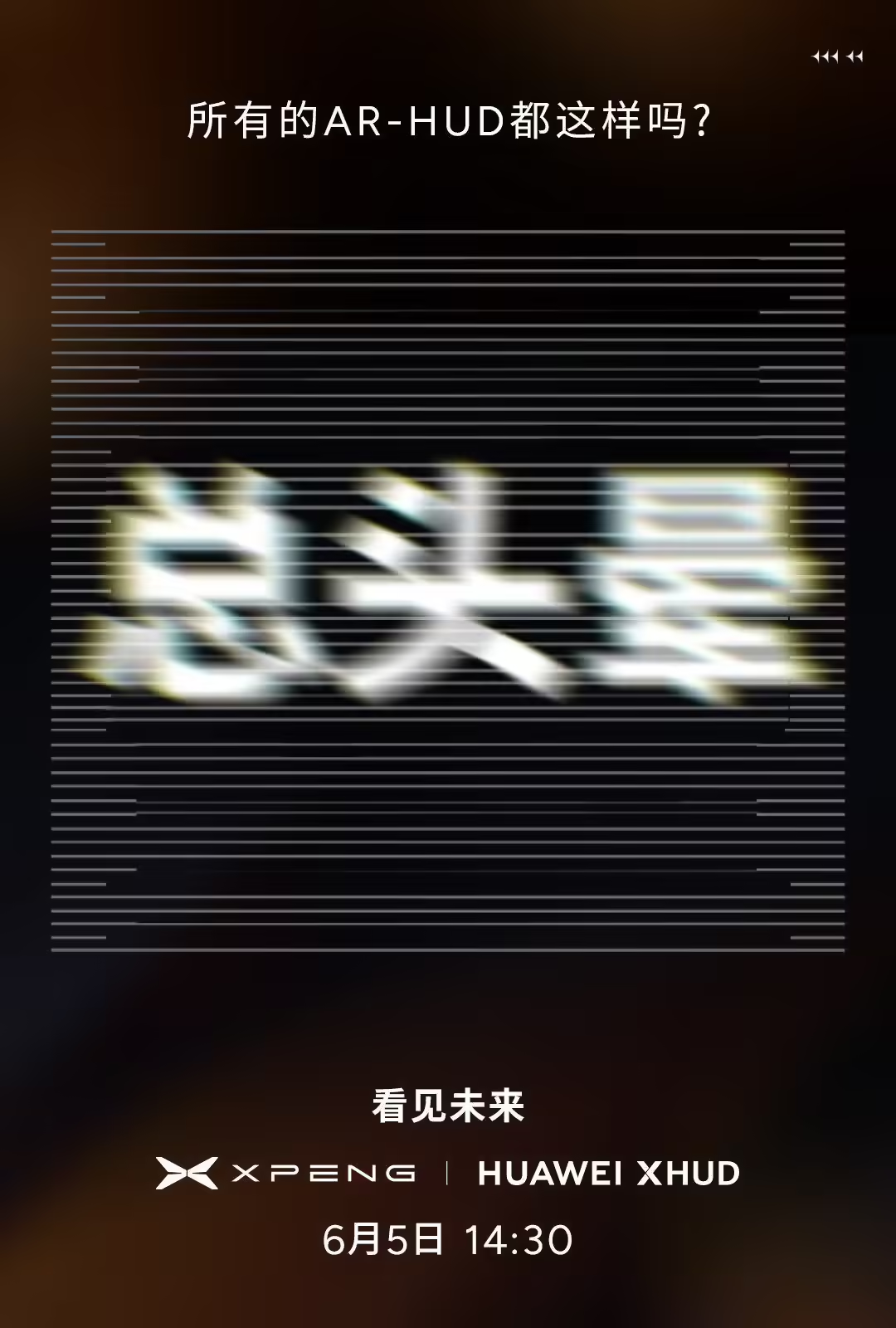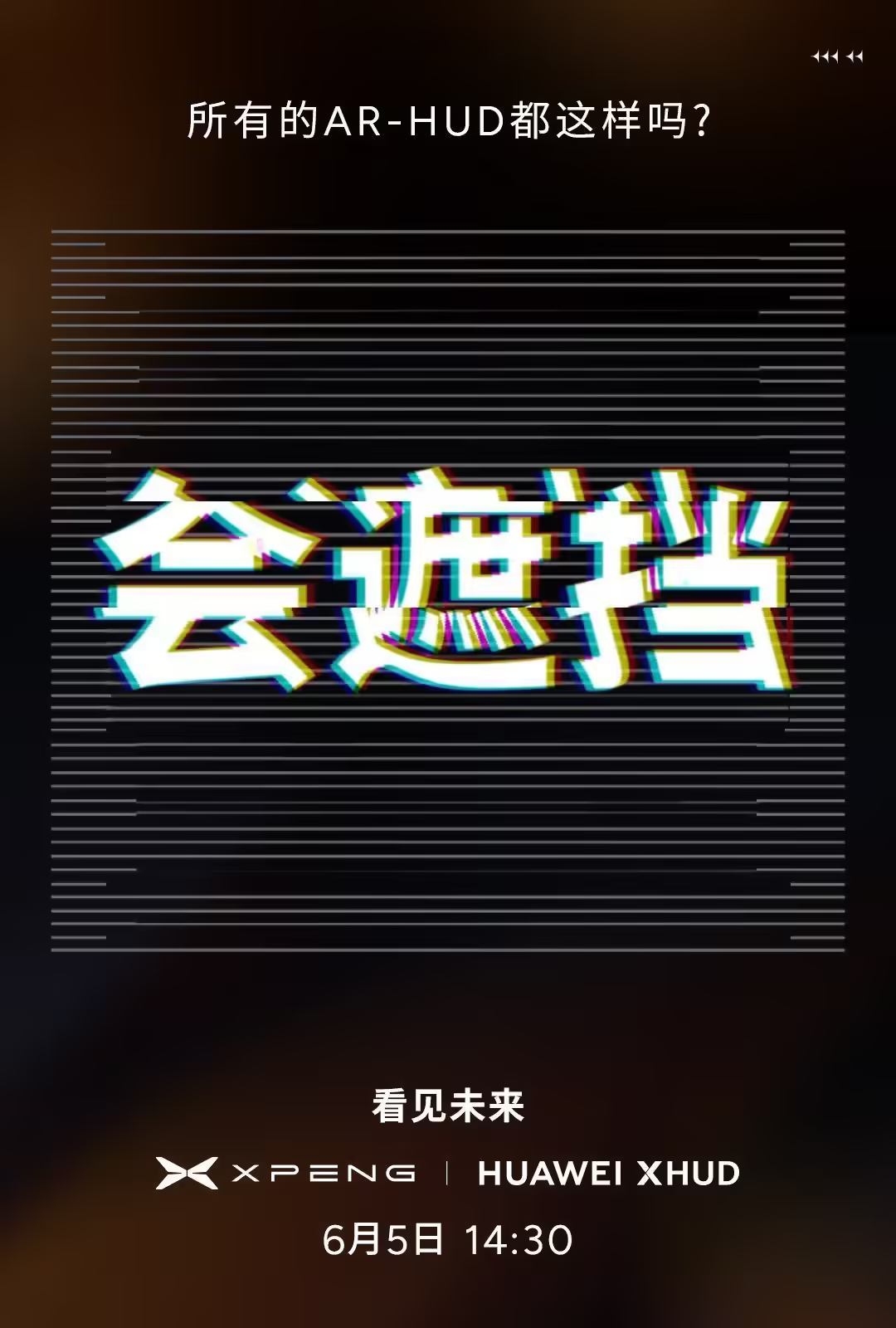XPeng Motors and Huawei Join Forces to Launch Next-Gen AR-HUD
Revolutionizing In-Car Display Technology
In the era of rapidly evolving smart vehicles, the strategic partnership between XPeng Motors and Huawei marks a pivotal milestone. Together, the two tech giants have unveiled the groundbreaking "Light Pursuit Panoramic AR-HUD," a next-generation augmented reality heads-up display that promises to reshape the automotive display landscape.

Identifying Industry Challenges and the Opportunity for Innovation
Despite the swift pace of automotive intelligence transformation, traditional AR-HUD systems face persistent challenges: floating displays, poor visibility under strong lighting, and misaligned overlays between virtual information and real-world road conditions.
These issues significantly impact driving safety and user experience. Moreover, while carmakers seek differentiated features to stand out, innovation in the supply chain has often lagged.
This is where the XPeng and Huawei alliance emerges. Huawei brings decades of optical engineering expertise and massive R&D investments, while XPeng delivers advanced AI-powered driving algorithms, including its proprietary 3D OCC and end-to-end perception technology. Their collaboration aims to bridge current technology gaps and deliver an unparalleled AR-HUD experience.
Key Innovations of the "Light Pursuit Panoramic AR-HUD"
Outstanding Optical Performance
Huawei’s optical modules power the AR-HUD's massive 87-inch field of view, a dazzling 12,000 nits brightness, and a 1800:1 contrast ratio. This ensures crystal-clear visibility in both direct sunlight and nighttime driving conditions. Distortion correction keeps image warping below 1%, while a 10-meter virtual display distance and ultra-low 100ms latency eliminate motion sickness, creating a stable and immersive visual experience.
Deep Integration with Smart Driving Algorithms
XPeng’s advanced AI algorithms enhance AR accuracy. Its 3D OCC tech enables centimeter-level road modeling, aligning navigation arrows precisely with real lanes. Even on bumpy roads, icon offset suppression reaches 95%.
In scenarios like lane changes or automated parking, the AR-HUD overlays real-time vehicle distance indicators and parking trajectory lines. This visualization of smart driving intent improves driver trust and system transparency.
Smarter Interactive Logic
Unlike traditional HUDs, this system leverages dynamic AI filtering to prioritize relevant information. On highways, lane-keeping alerts take center stage; at complex intersections, turn guidance becomes more prominent, and prohibited directions are marked with an "X."
This on-demand display logic reduces information overload and allows drivers to focus on what matters most, enhancing both safety and concentration.

Real-World Use Cases and User Benefits
AR Lane-Level Navigation
The system upgrades 2D maps into a 3D visual navigation layer with AR light carpets and warning symbols, blending guidance seamlessly with real road conditions.
Studies show that traditional navigation causes drivers to look down 3-5 times per minute. With AR-HUD, this distraction time drops by over 70%, aligning drivers' vision with their direction of travel and improving driving focus.
Smart Driving Assistance
All intelligent driving decisions—such as auto-start, lane assist, and collision warnings—are projected directly onto the windshield. Drivers no longer need to glance at the dashboard or center screen, staying fully informed of vehicle status and nearby hazards without losing sight of the road.
Safety Alerts in Critical Situations
From poor visibility in fog to narrow roads or sharp curves, the AR-HUD provides real-time safety cues. It highlights lane boundaries, marks safe passing paths, and gives timely speed and blind-spot alerts. Pedestrian detection, aggressive lane changes, and overtaking threats are also flagged visually, acting as a real-time co-pilot.

Broader Impact on the Automotive Industry
The "Light Pursuit Panoramic AR-HUD" is more than a feature upgrade. It sets a new standard for automobile human-machine interaction (HMI).
As mass production ramps up, it's expected to trigger a wave of AR-HUD investment and innovation across OEMs and suppliers. It also raises user expectations, pushing automakers to advance vehicle intelligence and in-car experience design.
This milestone partnership between XPeng and Huawei is a powerful signal: the next phase of smart mobility will prioritize immersive interaction, precision navigation, and real-time responsiveness.
The future of driving is being projected—quite literally—on the windshield.
 Small batches, high standards. Our rapid prototyping service makes validation faster and easier —
Small batches, high standards. Our rapid prototyping service makes validation faster and easier — 
